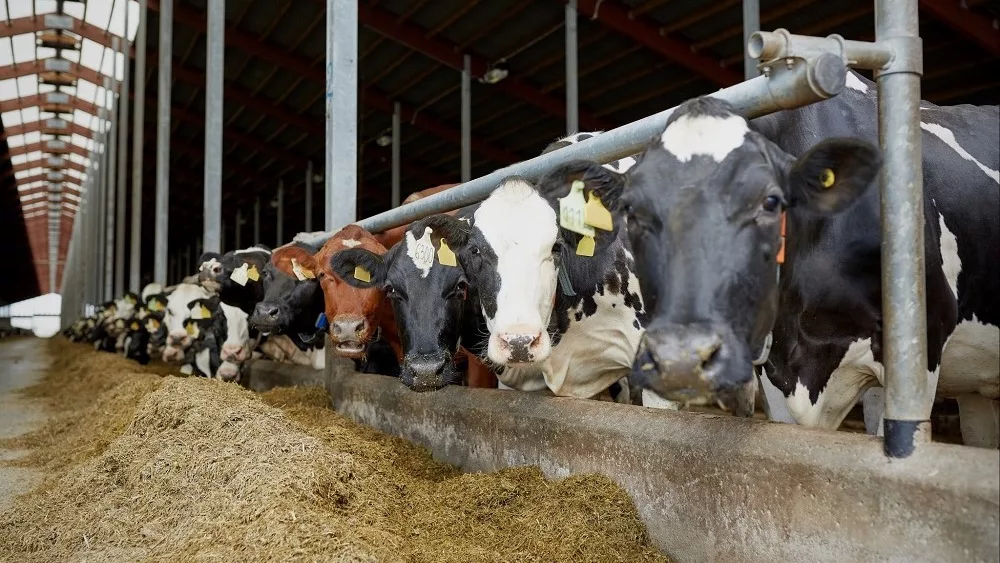
Hour by hour, the situation between Russia and Ukraine changes. It’s tough to overstate these two countries’ importance globally in terms of wheat exports. In 2021, more than a quarter of all global wheat exports came from the Black Sea region.
“Russia and Ukraine export 31 percent of the world’s barley, 19 percent of the world’ corn, 23 percent of the world’s canola, 78 percent of the world’s sunflower oil, and wheat is at 29 percent,” says Steve Nicholson, global grain & oilseed strategist with RaboBank.
He says the biggest challenge for grains is in wheat. Russia and Ukraine either use or export the majority of their wheat, so their stocks are low.
“At the end of 2021, they only are carrying about 4.5 percent of the world’s stocks of wheat where the U.S. had almost 8 percent of the world’s stocks of wheat,” says Nicholson. “If you take Russia and Ukraine wheat out and you think that means there’s a lot left, you look at the stocks of the other exporters in the world, there’s not enough stocks to make up that loss of exports Ukraine and Russia may not have.”
In the first two months of the year, Nicholson says those two countries have already shipped a lot of grain.
“It’s not like we have to make up the whole year for the rest of the year, but it is certainly why the wheat market has gotten so concerned and up in arms about what’s going on,” he says.
Nicholson foresees more volatility to come for the wheat market, which will present chances that will benefit the seller.
“The fact is that you’re going to see a lot more volatility as we’ve seen in energy markets and commodities here in the U.S. limit up,” he says.
Where will exports have to come from if Russia and Ukraine scale back? Nicholson says there’s plenty of opportunities for the U.S., Argentina and Australia.




